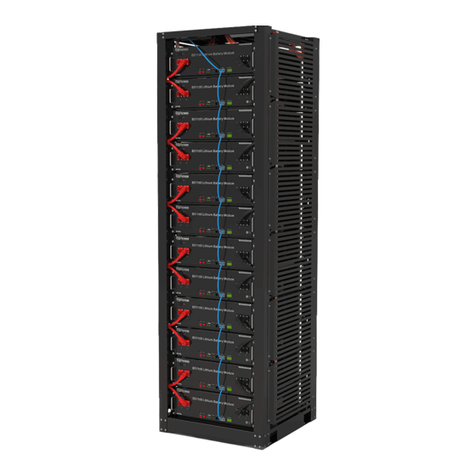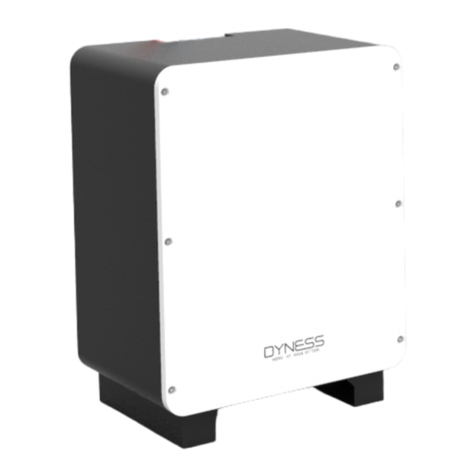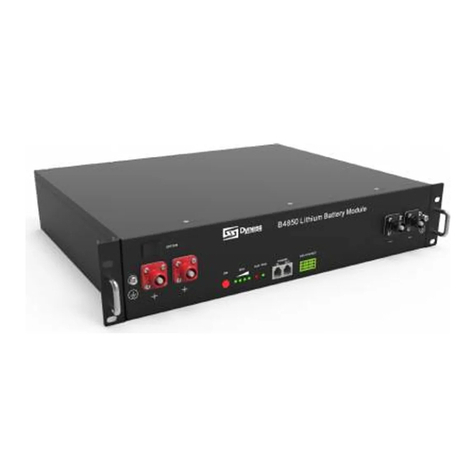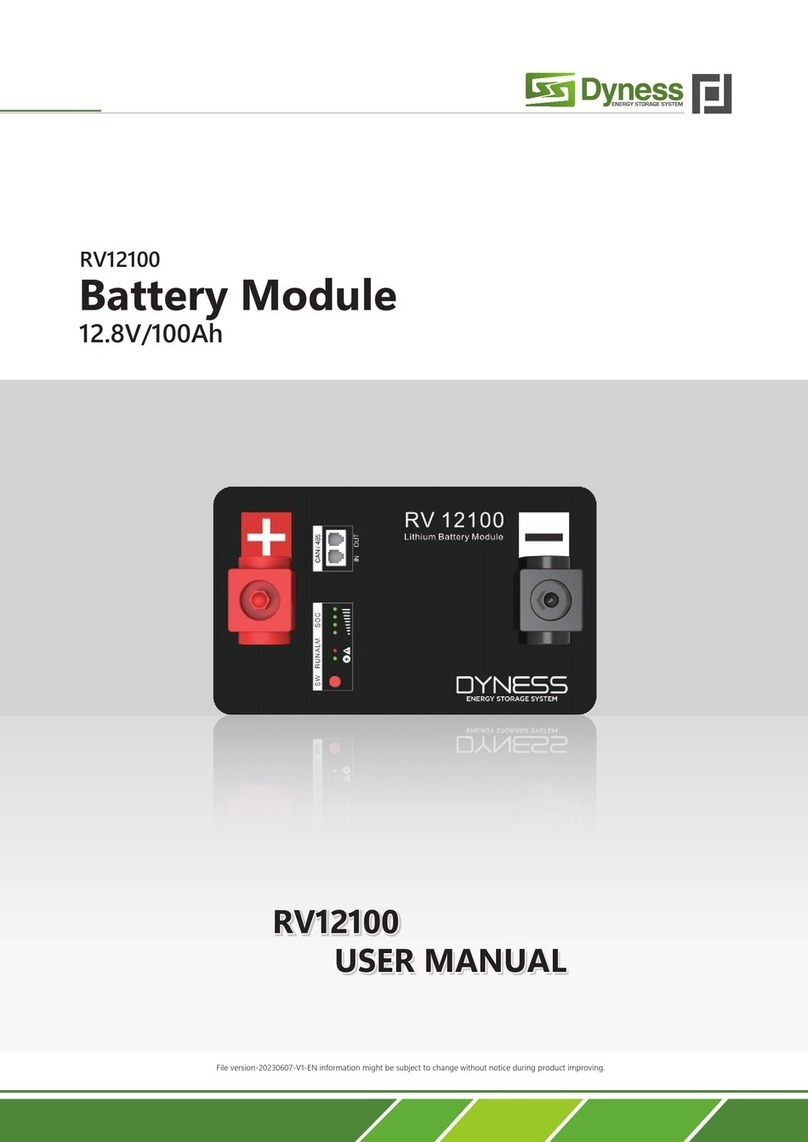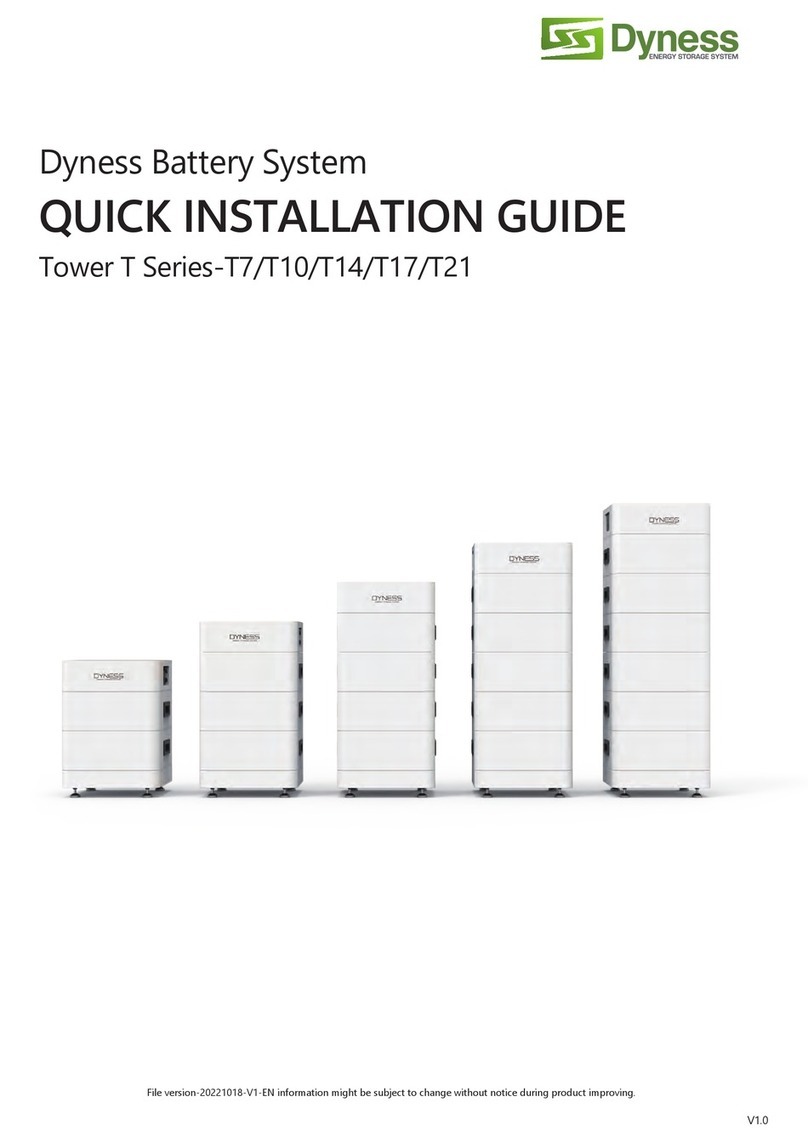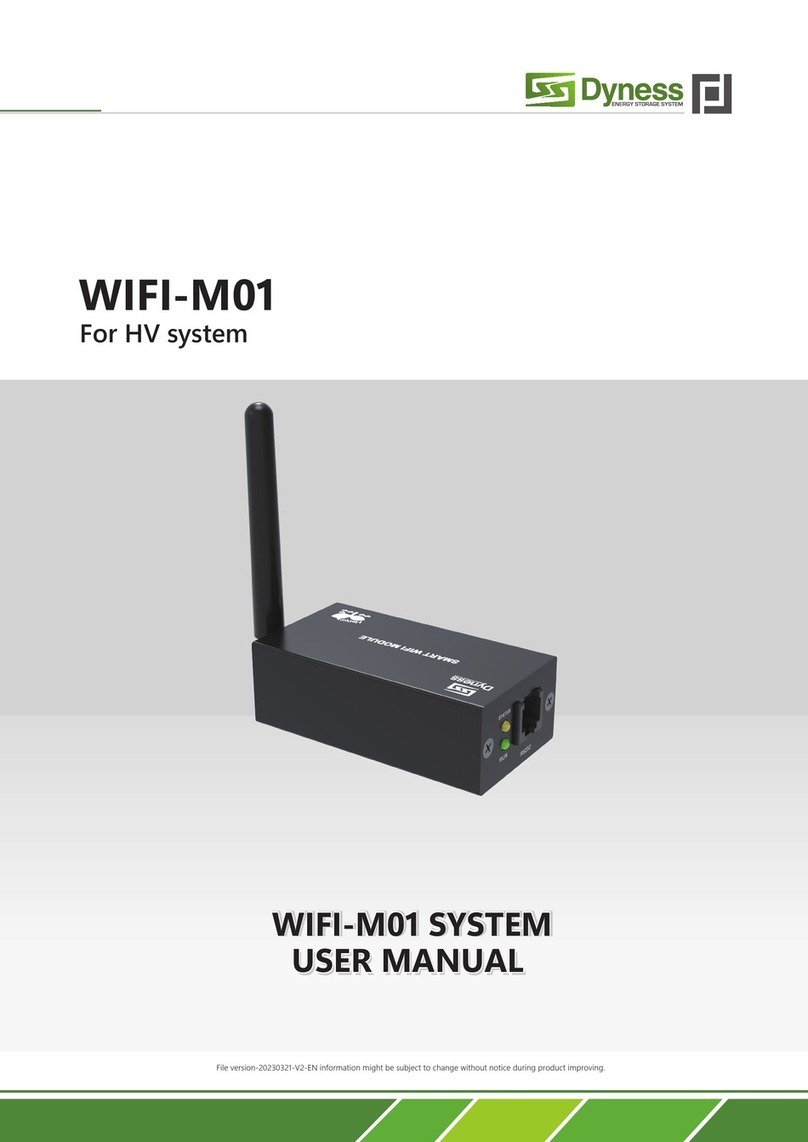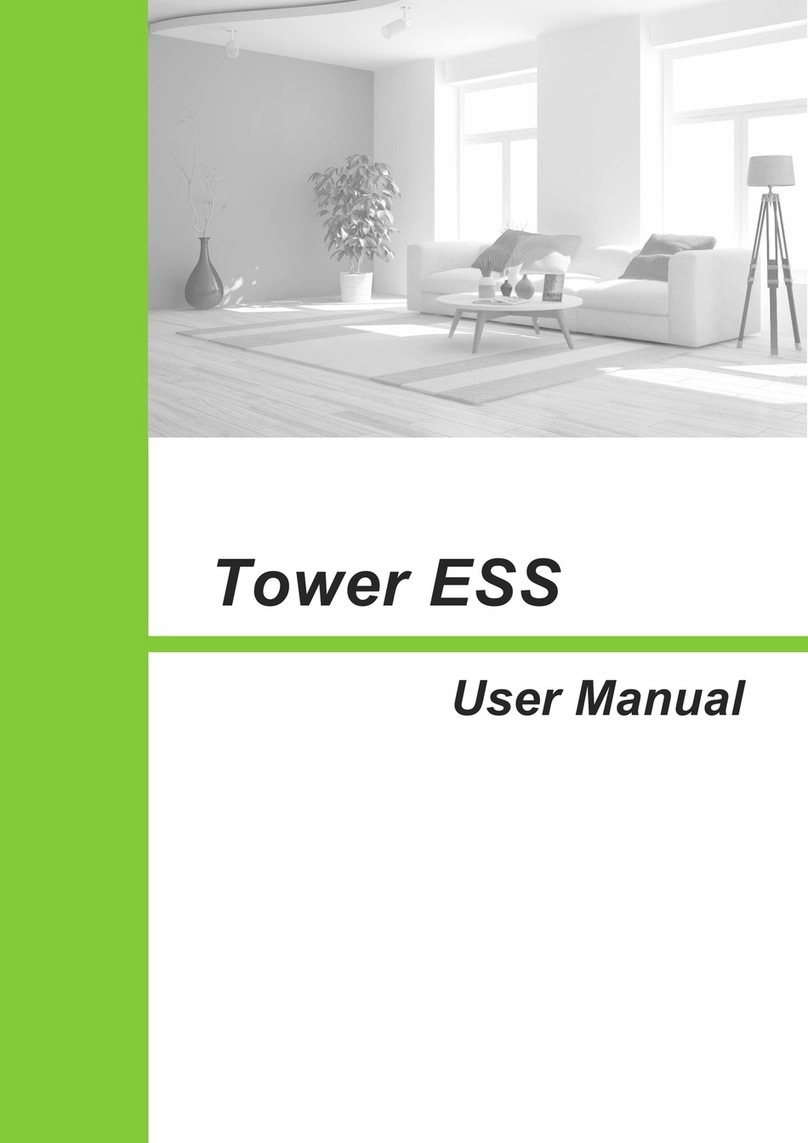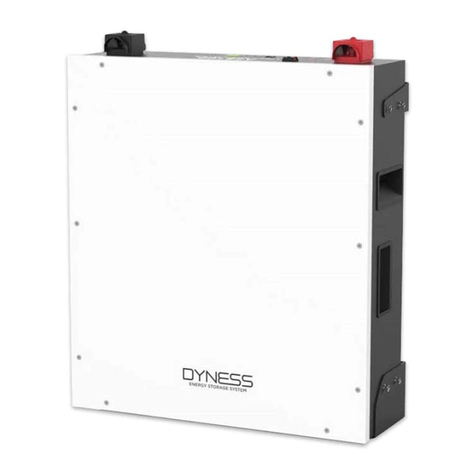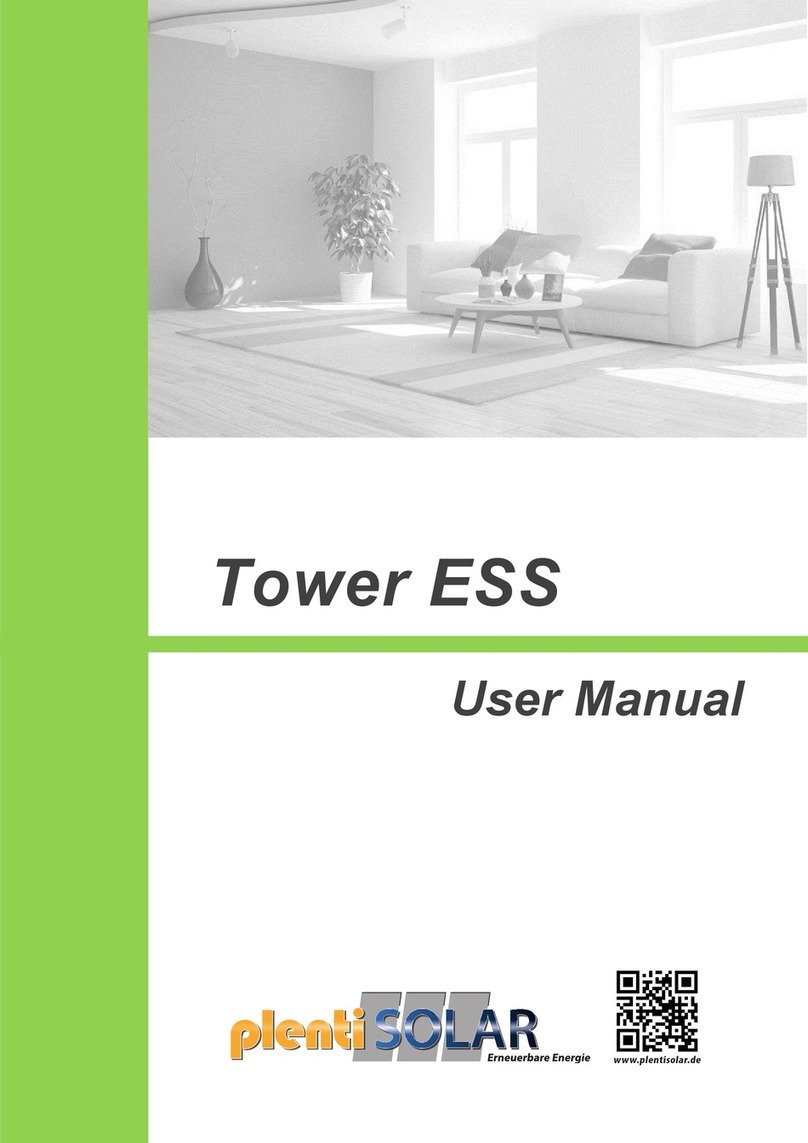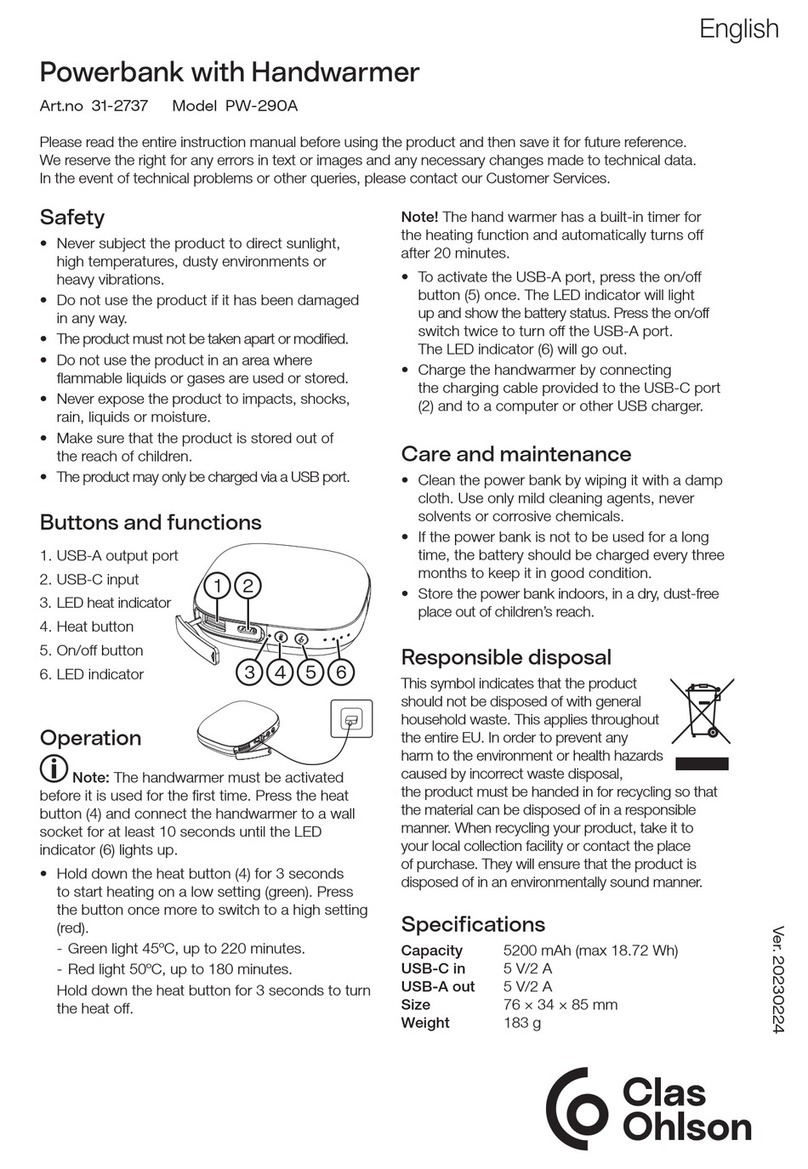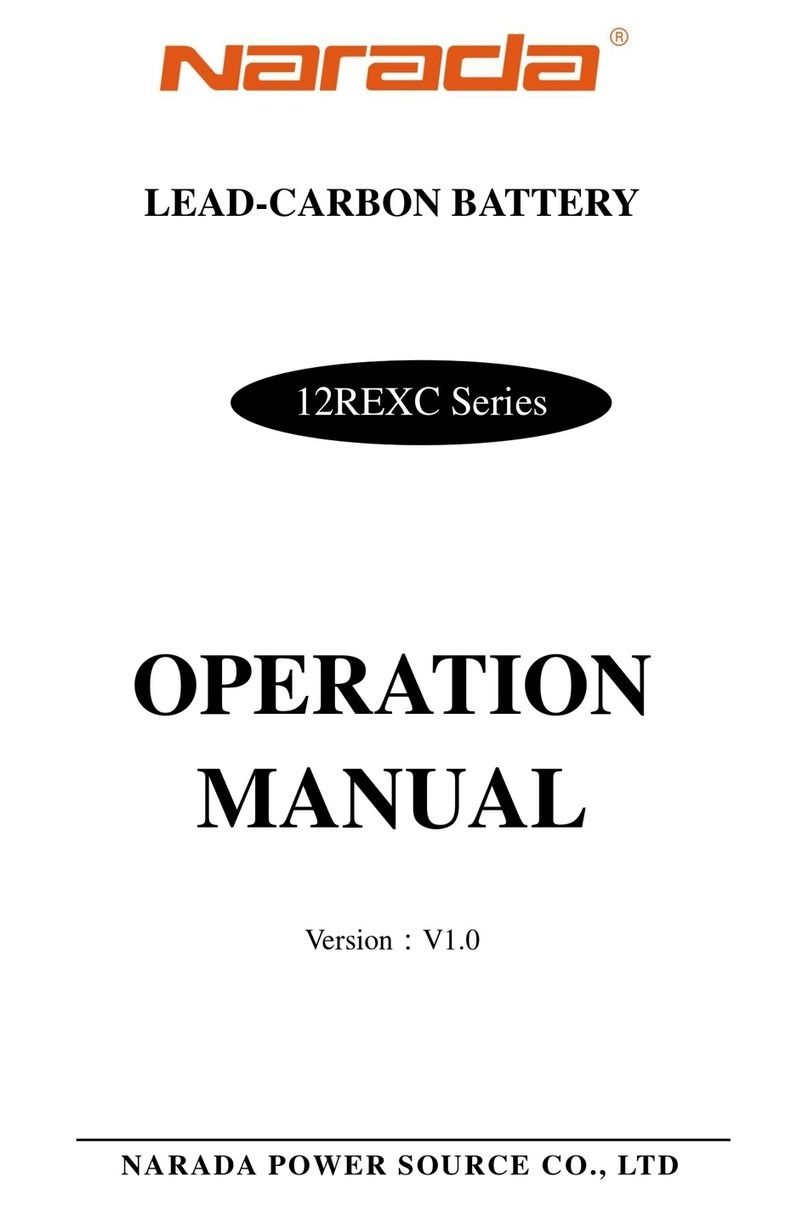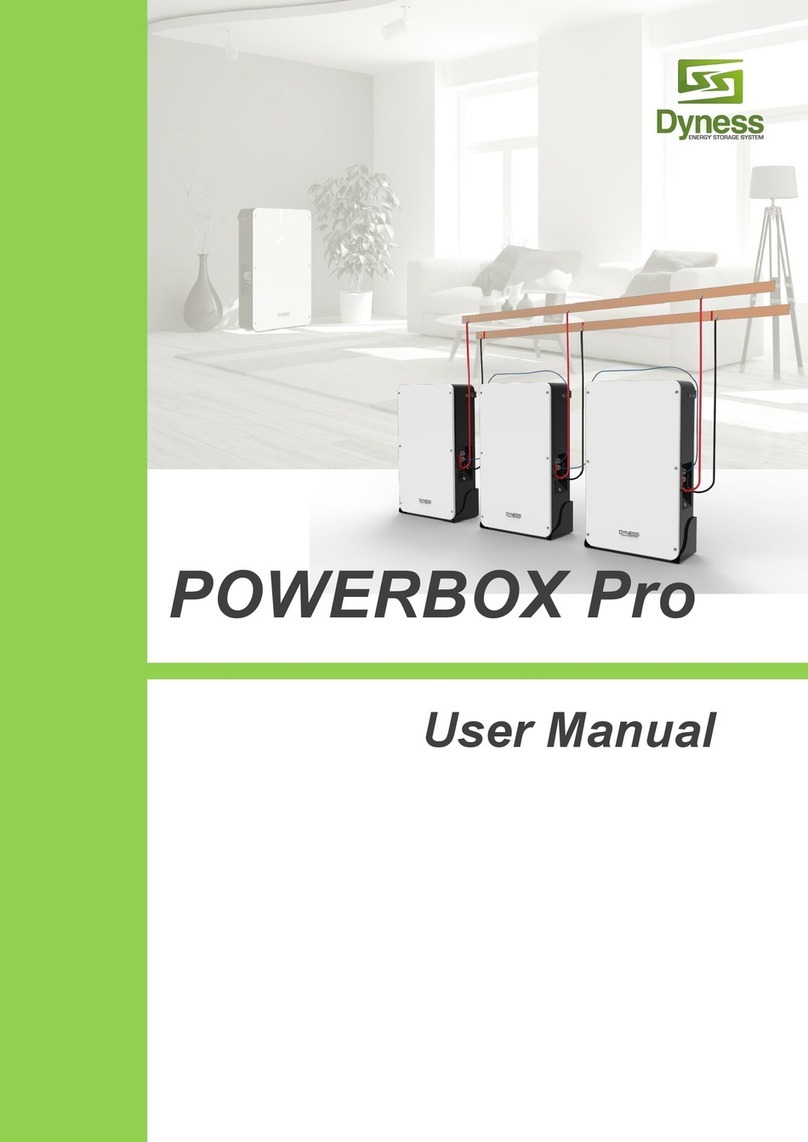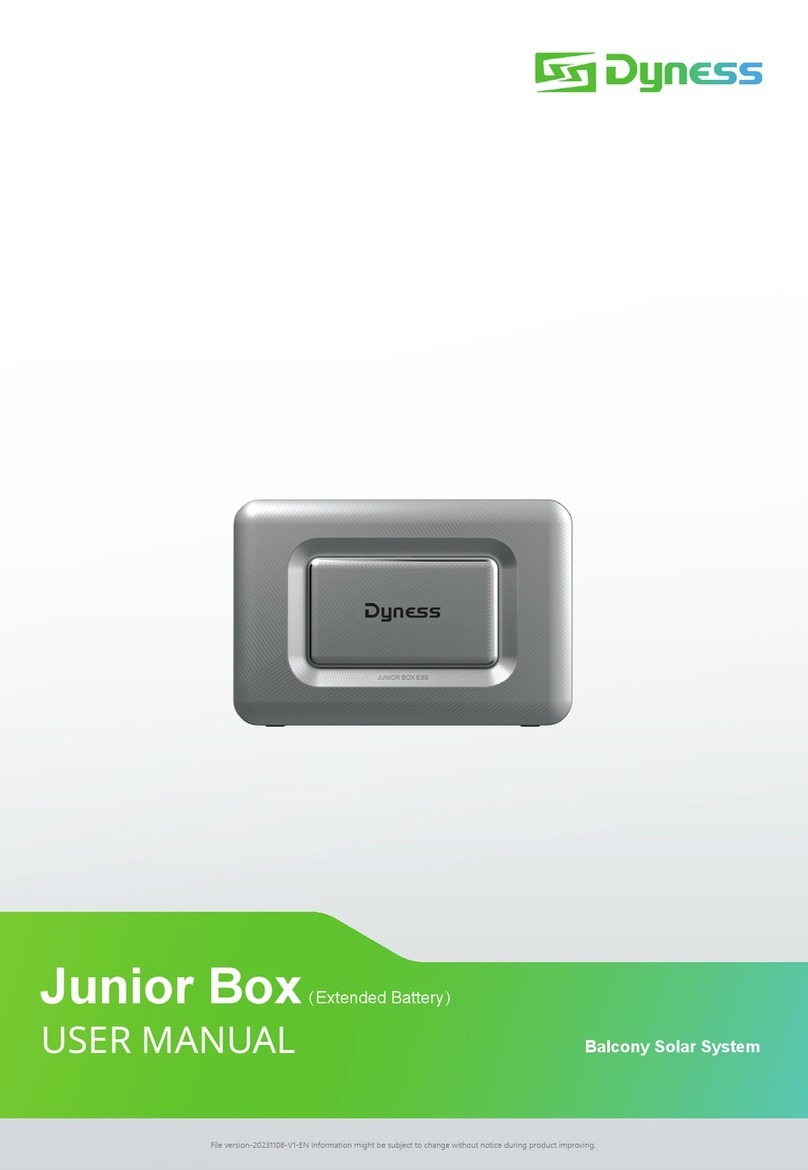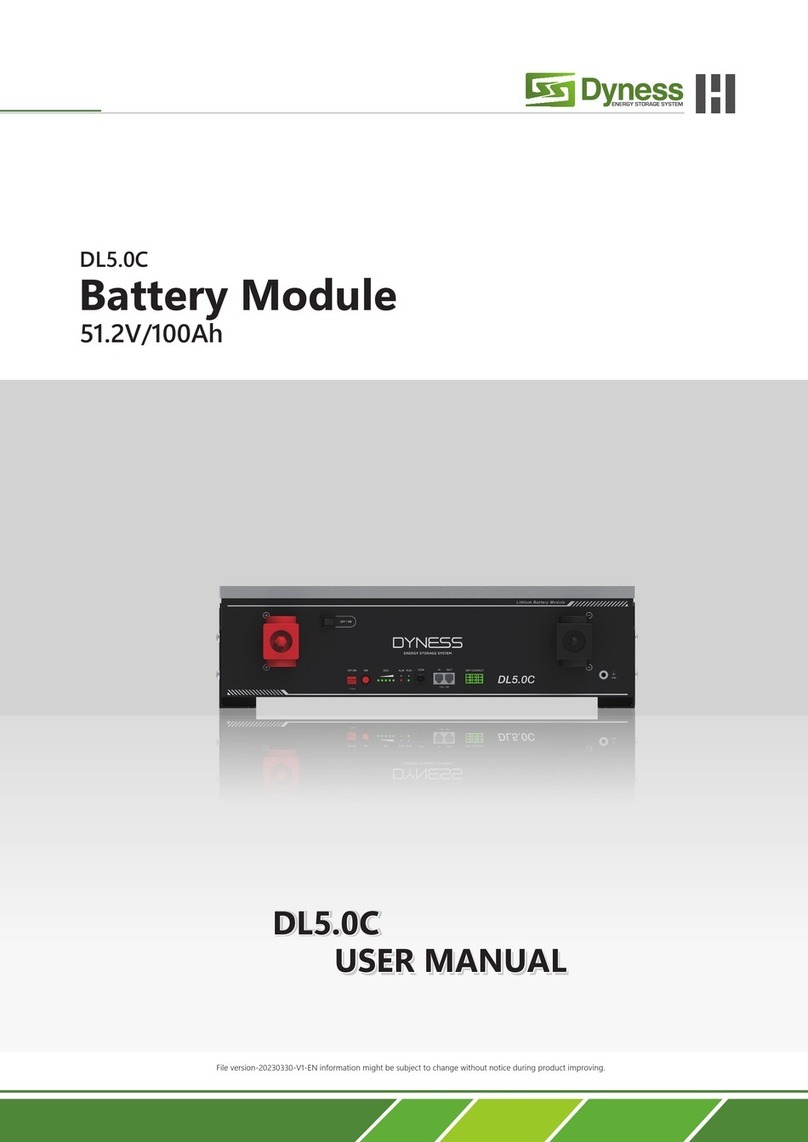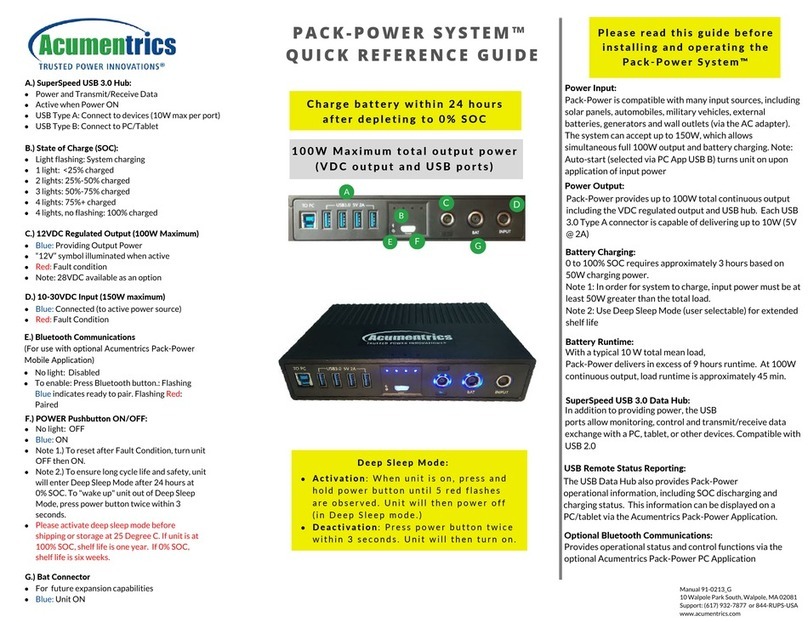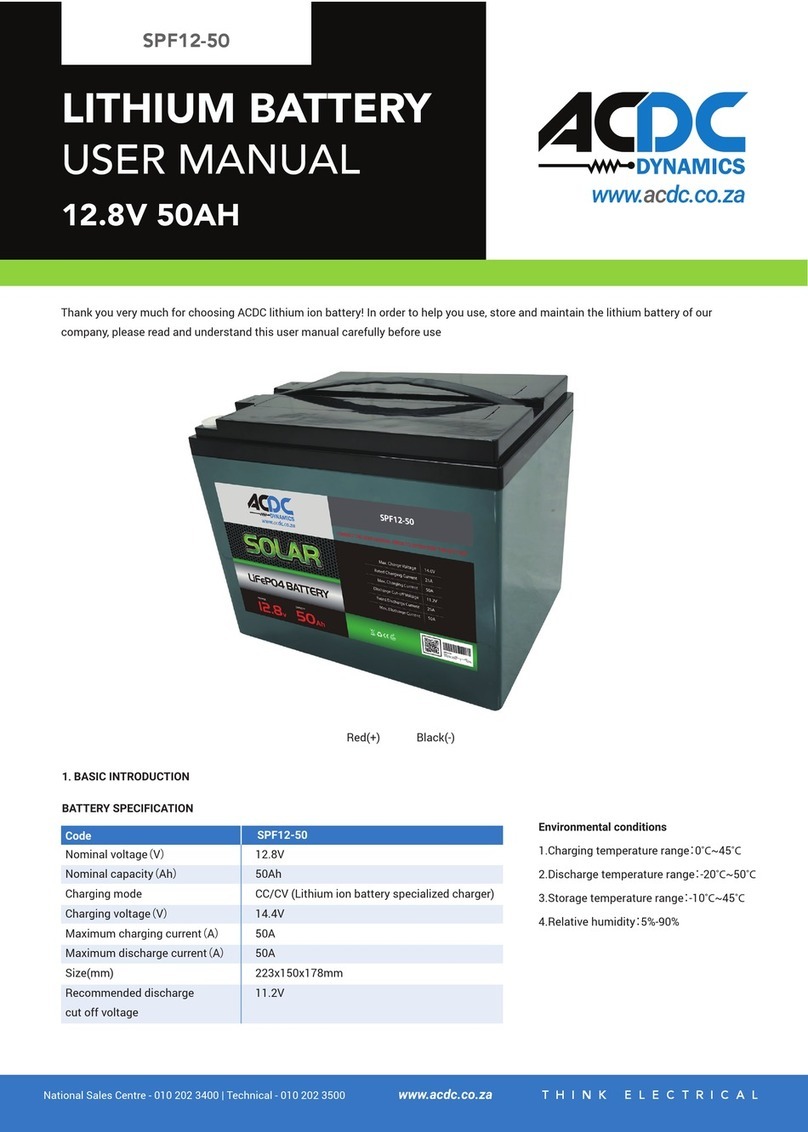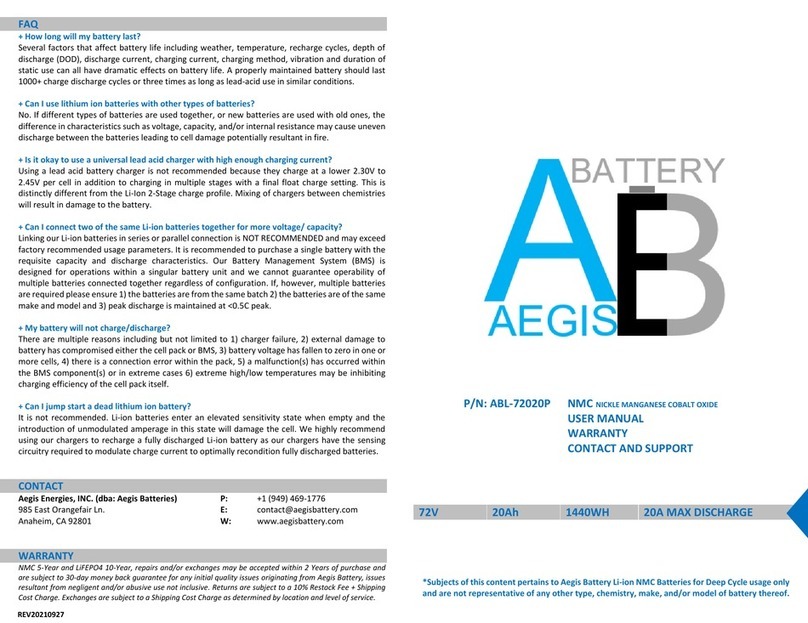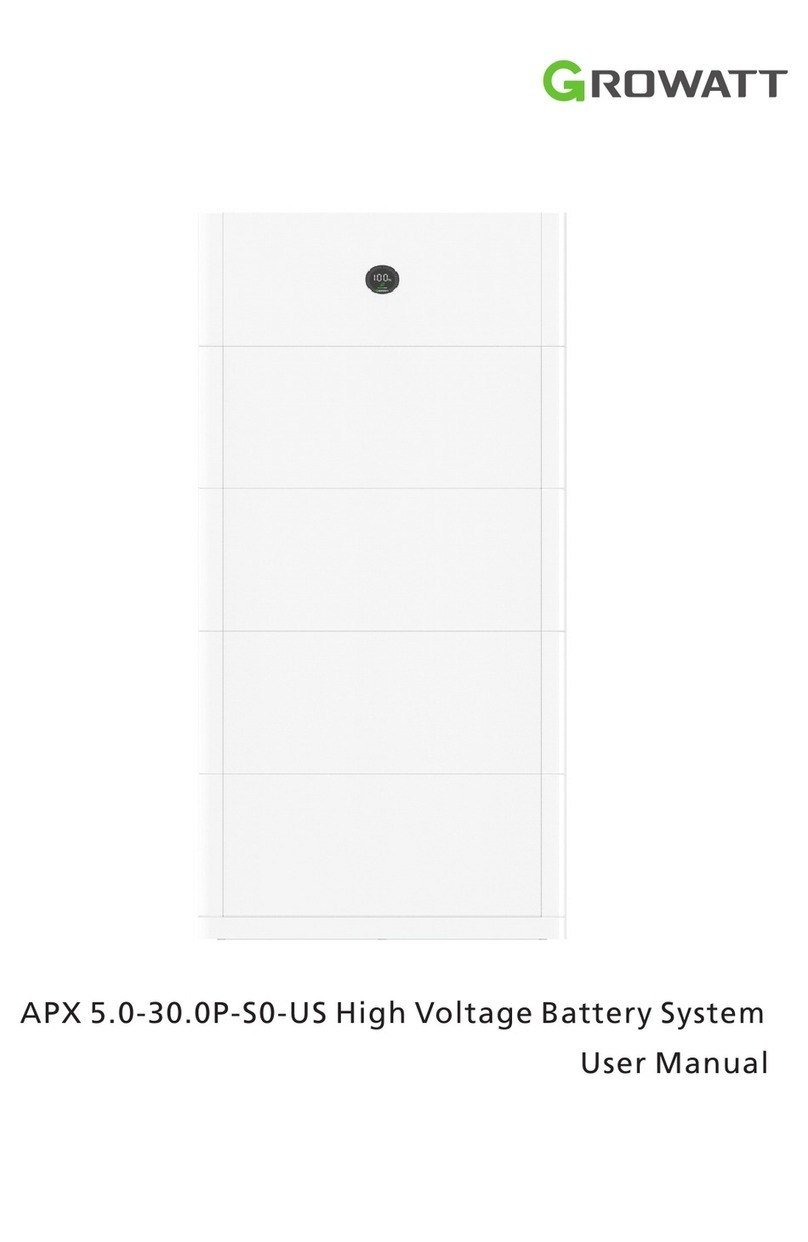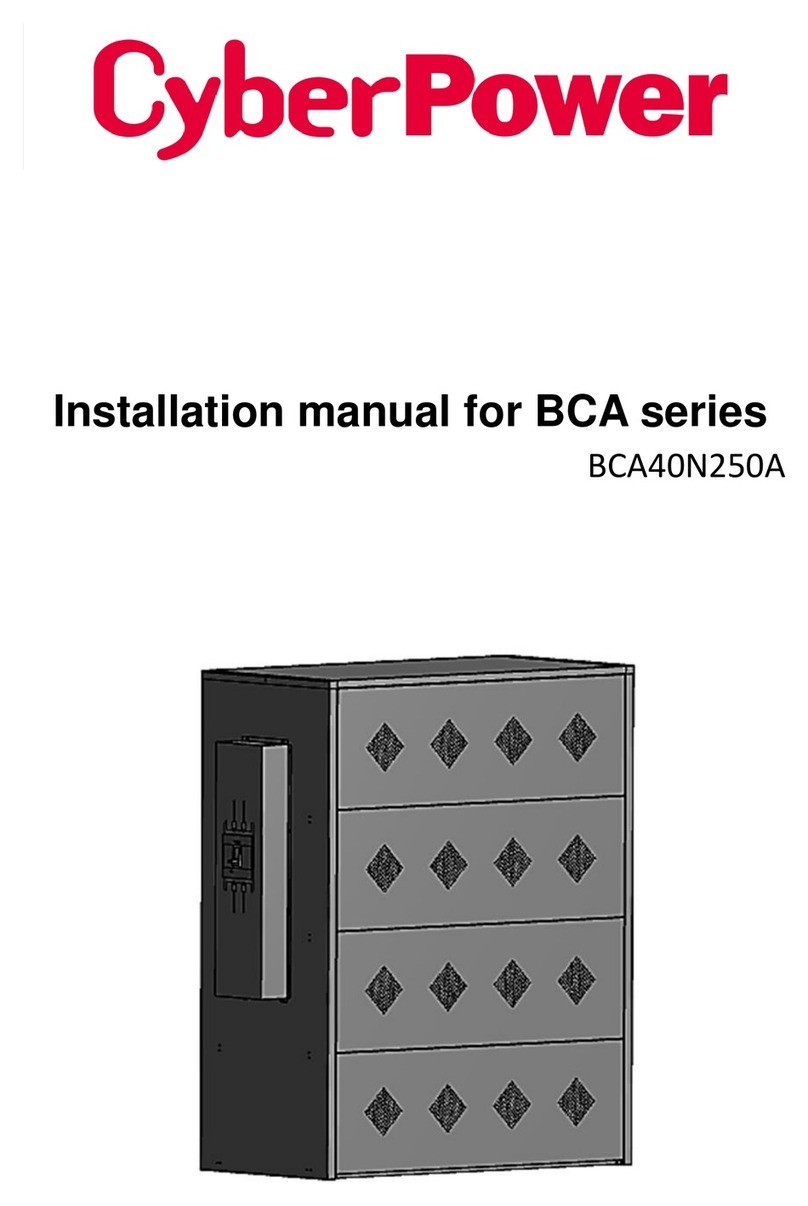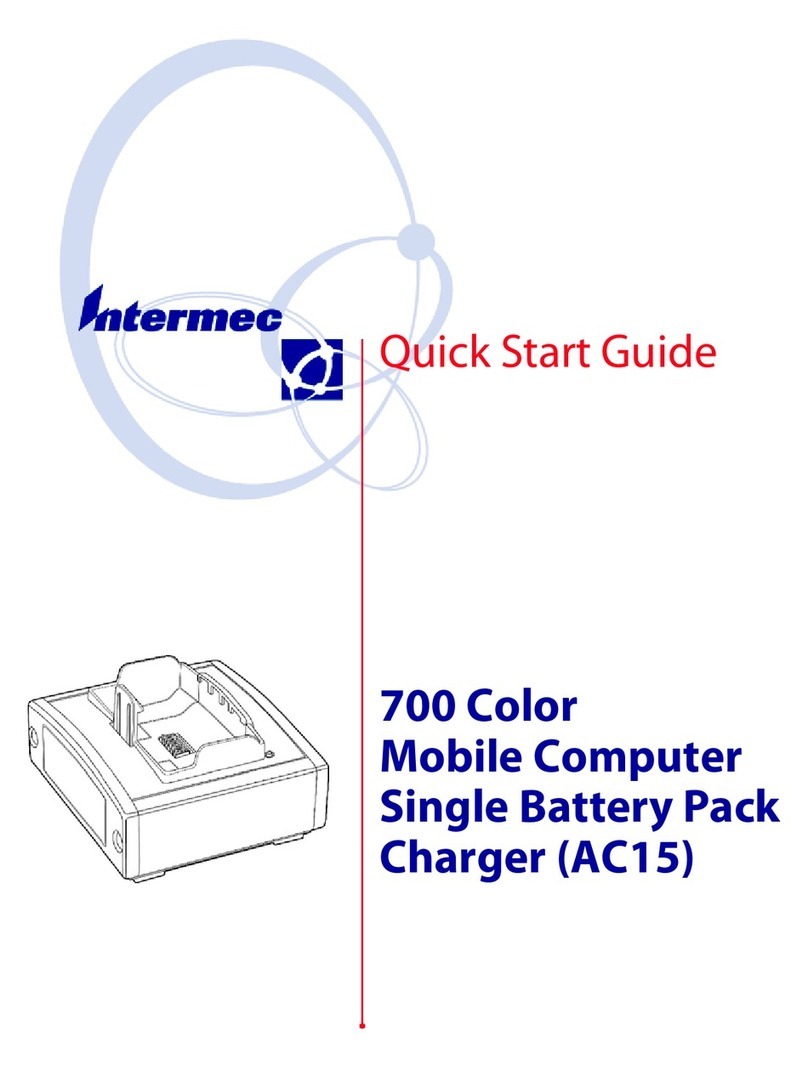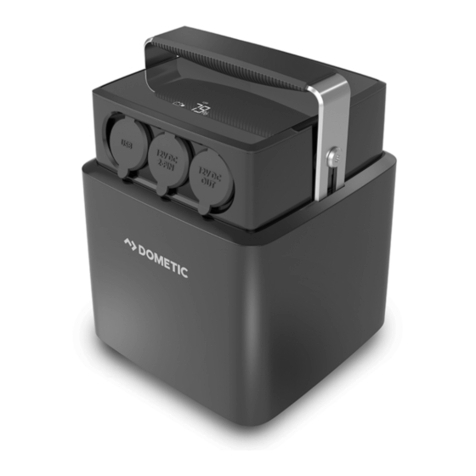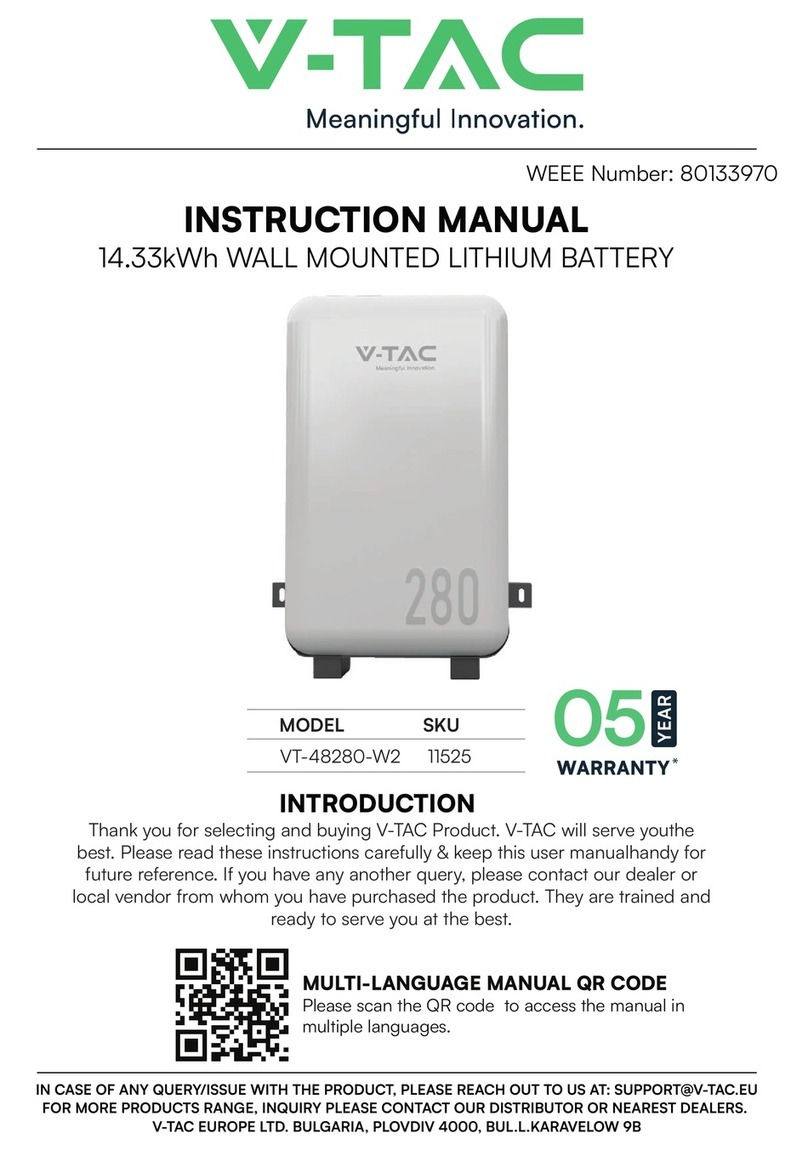
2
Sommario
Statement of Law .....................................................................................................4
1.0 Safety ...............................................................................................................6
1.1 SkillsofQualiedPersonnel .....................................................................6
1.2 Symbols ....................................................................................................6
1.3 BeforeConnecting ....................................................................................8
1.4 Inusing......................................................................................................9
1.5 Safehandlingoflithiumbatteriesguide ....................................................9
1.5.1 Schematicdiagramofsolution.......................................................9
1.6 Productidentitydenition........................................................................10
2.0 Introduction ...................................................................................................12
2.1 BriefIntroduction.....................................................................................12
2.2 ProductProperties ..................................................................................12
2.3 Systemparameter...................................................................................13
2.4 InterfaceDenition ..................................................................................14
2.4.1 DIPswitchdenitionanddescription ...........................................15
2.5 BatteryManagementSystem(BMS).......................................................18
2.5.1 VoltageProtection........................................................................18
2.5.2 CurrentProtection........................................................................18
2.5.3 TemperatureProtection ...............................................................18
2.5.4 OtherProtection..........................................................................18
3.0 Installation .....................................................................................................19
3.1 Tools........................................................................................................19
3.2 SafetyGear............................................................................................19
3.3 SystemWorkingEnvironmentsChecking ...............................................20
3.3.1 Cleaning.......................................................................................20
3.3.2 Temperature.................................................................................20
3.3.3 Fire-extinguisherSystem .............................................................20
3.3.4 GroundingSystem .......................................................................20
3.3.5 Safetyarea ..................................................................................20
3.4 Handlingandplacement .........................................................................21
3.5 Unpackinginspection..............................................................................22
3.6 Engineeringcoordination ........................................................................23
3.7 Equipmentinstallation.............................................................................23
3.7.1 Installationpreparation ................................................................23
3.7.2 Cabinetmechanicalinstallation ...................................................23
3.7.3 Electricalinstallation ....................................................................24
3.7.4 Batteryparametersettingsontheinverter...................................26
3.7.5 Registeronthewebsiteafterinstallation .....................................26
4.0 Use, maintenance and troubleshooting......................................................27
4.1 Batterysystemusageandoperationinstructions ...................................27
4.2 Alarmdescriptionandprocessing...........................................................29
4.3 Analysisandtreatmentofcommonfaults ...............................................30
